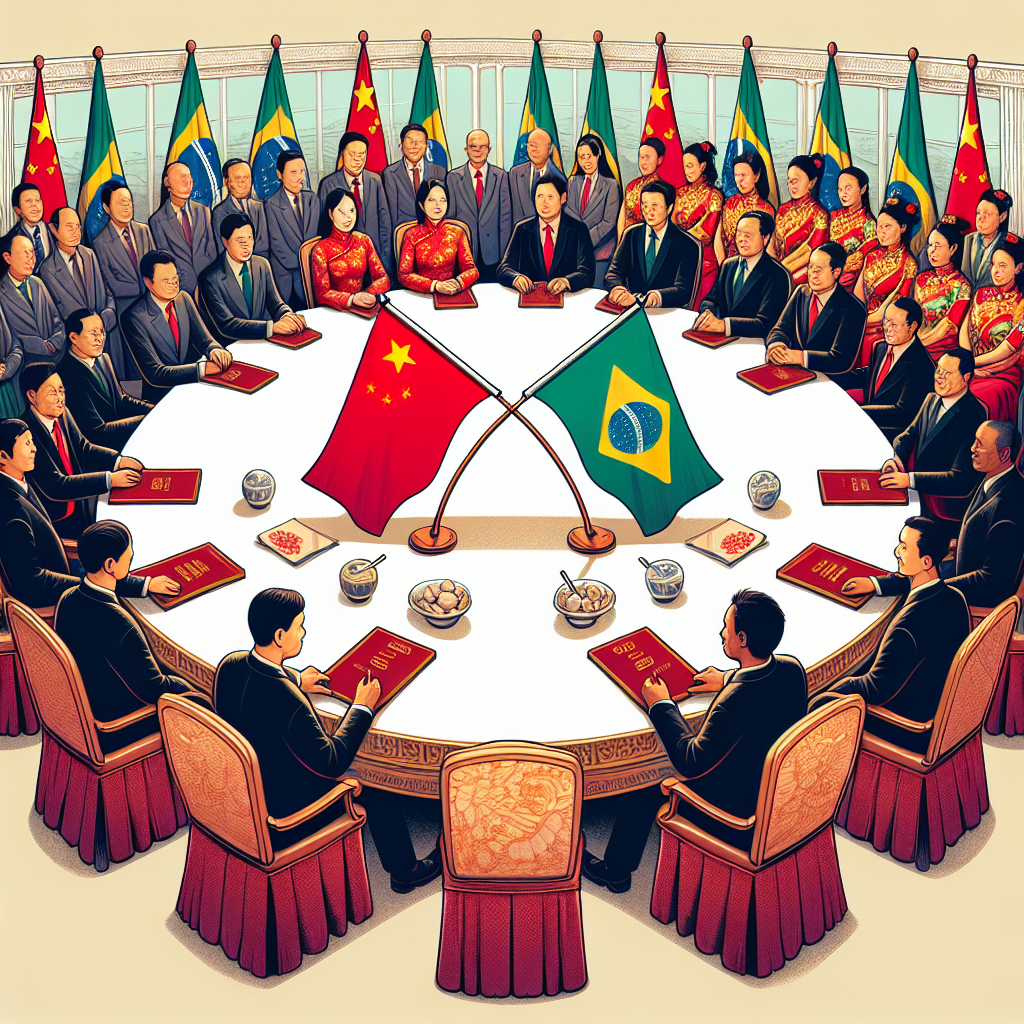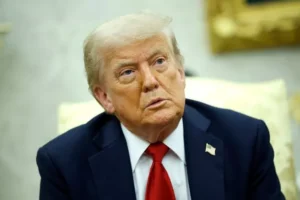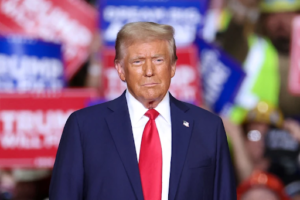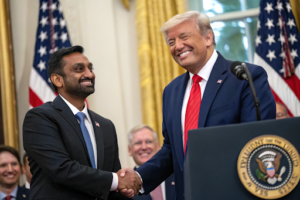The already strained relationship between India and China has taken another hit with a recent geopolitical and digital flashpoint. China’s decision to unilaterally rename several places in Arunachal Pradesh — a state it refers to as part of “South Tibet” — has sparked strong condemnation from India. In retaliation to escalating provocations, India also imposed restrictions on the X (formerly Twitter) accounts of Chinese state-affiliated media outlets, including Global Times and Xinhua, deepening the diplomatic rift between the two Asian giants.
China’s Controversial Renaming Exercise
China’s Ministry of Civil Affairs, in early April, released a list of standardized geographical names for 30 places in Arunachal Pradesh, referring to them by names in Mandarin. This marks the fourth such attempt by Beijing since 2017, as part of its ongoing efforts to assert territorial claims over the Indian state.
The renaming was presented as a routine administrative step by Beijing, but it has been widely viewed as a symbolic and provocative move aimed at reinforcing China’s claim over the region. These moves often coincide with rising diplomatic or military tensions, and the timing has once again triggered concerns in New Delhi.
India’s Firm Response
India’s Ministry of External Affairs (MEA) promptly issued a sharp response, rejecting the Chinese claim and reaffirming that Arunachal Pradesh is and will always remain an integral part of India.
“These attempts by China to assign invented names will not alter the reality that the state of Arunachal Pradesh is an inalienable part of India,” stated MEA spokesperson Randhir Jaiswal. He also described China’s actions as “vain and preposterous,” emphasizing that the international community widely recognizes India’s sovereignty over Arunachal Pradesh.
This statement echoes India’s longstanding position that territorial claims based on historical or linguistic assertions do not hold merit, especially when they disregard established international borders and bilateral agreements.
Digital Front: Restrictions on Chinese Media Accounts
Adding to the tension, the Indian government recently took action in the digital space by restricting access to the X (formerly Twitter) accounts of Chinese state-run media organizations Global Times and Xinhua within India. This step was reportedly taken in response to a legal request filed under Indian cyber and media laws.
While Indian officials have not formally disclosed the exact reasoning behind the move, the decision is seen as part of a broader effort to limit foreign propaganda and misinformation, especially from nations engaged in hostile rhetoric or actions against India. The restriction of these accounts has also reignited the debate around digital sovereignty, media freedom, and cross-border influence in cyberspace.
Broader Context: Longstanding Border Disputes
The latest developments are part of a larger pattern of friction between India and China, particularly concerning the disputed border along the Line of Actual Control (LAC). Arunachal Pradesh, which shares a border with the Tibet Autonomous Region of China, has frequently been at the center of these disagreements.
In 2020, tensions flared dramatically during the Galwan Valley clash in Ladakh, where soldiers from both countries engaged in violent hand-to-hand combat, leading to casualties on both sides. Since then, while high-level talks have been held to ease military tensions, mutual distrust has only deepened, and diplomatic relations have remained frosty.
China’s persistent efforts to challenge India’s territorial claims through cartographic aggression — including renaming places, issuing new maps, and increasing military infrastructure near the LAC — are seen as part of a wider strategy to exert psychological and diplomatic pressure.
India’s Strategic Calculus and International Support
India’s refusal to accept China’s renaming attempts is backed not just by strong legal and historical grounds, but also by growing international support. Several global powers have implicitly recognized Arunachal Pradesh as Indian territory, including the United States, which recently reaffirmed its stance in support of India’s sovereignty.
Moreover, the Indian government has significantly ramped up infrastructure development in Arunachal Pradesh over the past few years. New highways, airstrips, and military posts have been constructed, signaling India’s commitment to strengthening its hold and facilitating regional connectivity.
Geopolitics in the Digital Era
The restriction of Chinese state media accounts is emblematic of a new dimension in international relations — digital geopolitics. As countries increasingly utilize online platforms for influence operations, information warfare, and propaganda, controlling the narrative becomes crucial. India’s move can be interpreted as an attempt to push back against narratives that question its sovereignty or mislead the public.
It also reflects the growing assertiveness of Indian digital policy, which has previously led to the banning of hundreds of Chinese apps, including TikTok, on grounds of national security.
A Continuously Evolving Conflict
The renaming row over Arunachal Pradesh and the subsequent digital measures against Chinese media are just the latest chapters in the complex and evolving relationship between India and China. With both nations vying for regional dominance and asserting their strategic interests, such flashpoints are likely to recur.
However, India’s clear stance — both diplomatically and digitally — underscores a more assertive approach to defending its territorial integrity and national interests. As geopolitical and cyber dimensions continue to overlap, the Indo-China rivalry is becoming more multifaceted, demanding vigilance and strategic foresight from policymakers on both sides.

















